Barre, Vermont, known for its picturesque landscapes and tight-knit communities, is not without its challenges. While the city has much to offer, certain neighborhoods have faced difficulties that impact their desirability.
In this article, we delve into the five neighborhoods in Barre that have been identified as facing higher crime rates and safety concerns, based on crime statistics and safety assessments.
Central Barre:
The central parts of Barre, VT, have a higher incidence of crime. Retail areas in this region experience more criminal activity, especially in blocks where few people reside. Visitors to these commercial zones during the day may perceive an inflated crime rate, but it doesn’t necessarily reflect the safety of residents.
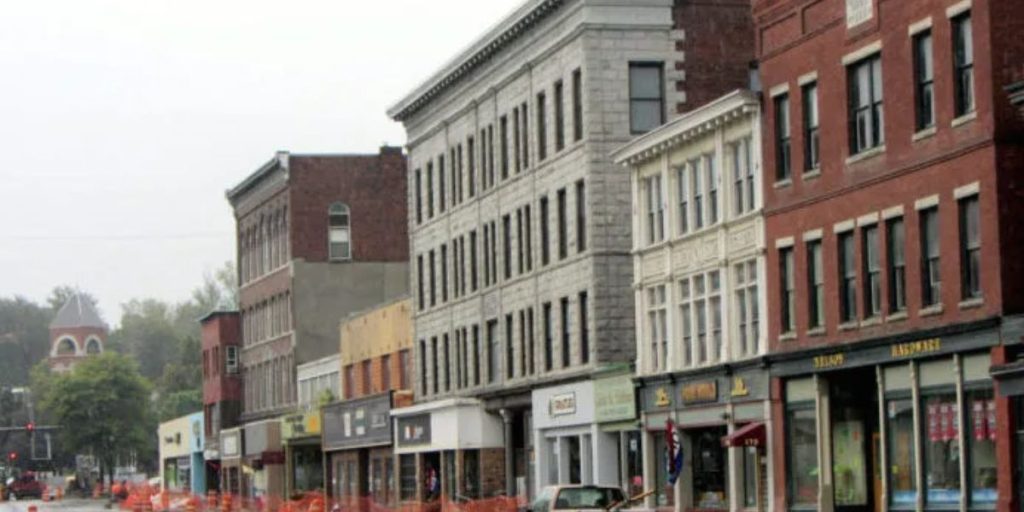
South Barre:
While South Barre has its share of residential areas, it also faces challenges related to crime. Residents here should exercise caution, especially in certain pockets of the neighborhood.
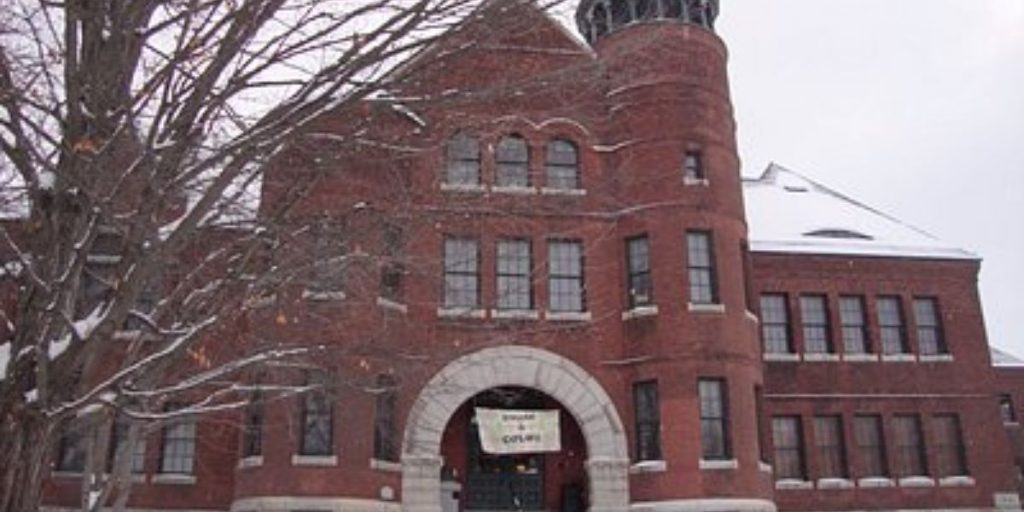
West Barre:
The western neighborhoods have a higher likelihood of crime, with an estimated chance of being a victim as high as 1 in 32. If you reside in this area, it’s essential to take the necessary precautions.
Northwest Barre:
Although not the most dangerous, the northwest part of Barre still experiences moderate crime rates. It’s crucial to remain vigilant and aware of your surroundings in this neighborhood.
Downtown Barre:
The heart of the city, including the downtown area, can be a mix of commercial and residential spaces. While it offers convenience, it also faces some safety challenges. Visitors and residents alike should exercise caution, especially during evening hours.
Remember that these assessments are based on crime data. Besides this, other factors like affordability, amenities, and community spirit also play a role in neighborhood desirability. If you’re considering moving to Barre, it’s essential to explore these neighborhoods firsthand and make an informed decision based on your priorities and preferences.
Also Read: Explore the Most Dangerous City to Live in Vermont
Other Factors Making These Neighborhoods Worst
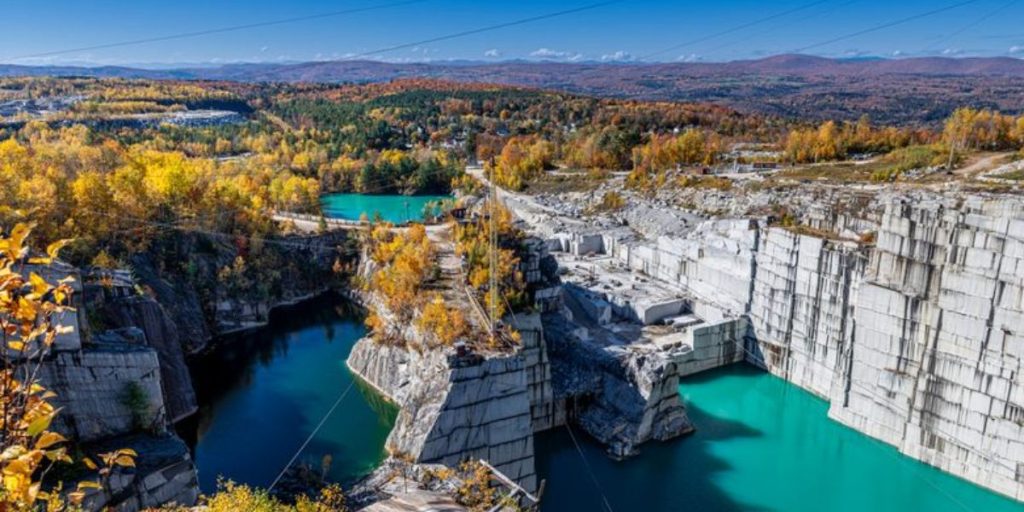
- Economic Factors: Central Barre, South Barre, West Barre, Northwest Barre, and Downtown Barre may experience higher crime rates due to economic struggles. Areas with lower-income populations often face increased crime as residents may be more susceptible to poverty-related challenges.
- Unemployment Rates: High unemployment rates in these neighborhoods could contribute to crime, as individuals facing economic hardships may resort to criminal activities as a means of survival. Lack of job opportunities may lead to increased frustration and criminal behavior.
- Educational Opportunities: Limited access to quality education can be a contributing factor. Neighborhoods with inadequate educational resources may experience higher crime rates, as a well-educated population is often associated with lower crime levels.
- Community Infrastructure: Insufficient community infrastructure, such as poorly lit streets and limited surveillance, can create an environment conducive to criminal activities. Improving infrastructure, including street lighting and surveillance systems, can contribute to enhanced safety.
- Drug and Substance Abuse: Some neighborhoods may be grappling with higher rates of drug and substance abuse, leading to an increase in related crimes. Addressing addiction issues through community programs and support services can have a positive impact on crime reduction.
- Community Engagement and Policing: The level of community engagement and the effectiveness of policing efforts can significantly influence neighborhood safety. Areas with low community involvement or strained relations with law enforcement may face challenges in crime prevention.
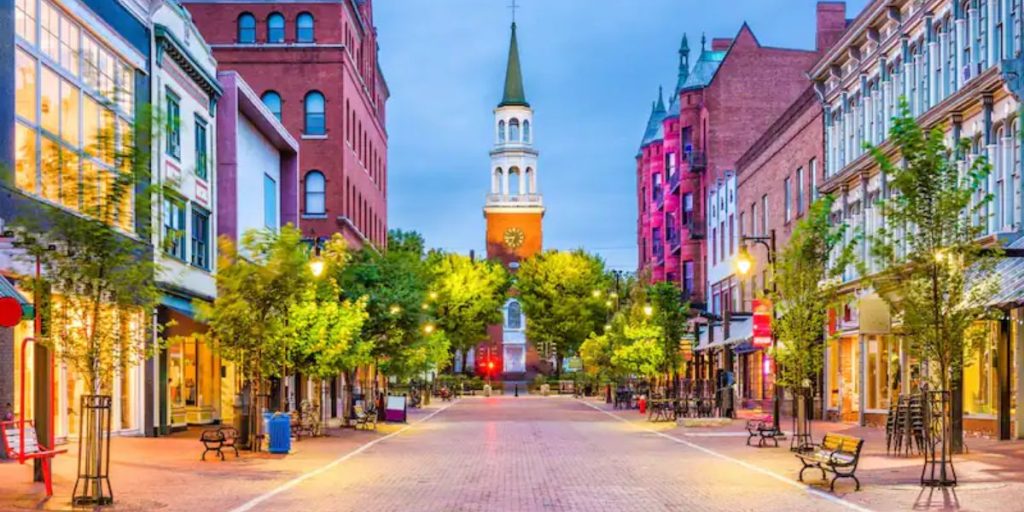
- Historical Context: Historical factors, such as urban decay or previous economic downturns, can have a lasting impact on neighborhoods. Understanding the historical context is essential for implementing targeted revitalization efforts.
- Social Services and Support: Limited access to social services and support networks can contribute to the challenges faced by residents. Strengthening community support systems and increasing the availability of social services can address underlying issues.
You May Also Like: Identifying the Most Corrupt City in Vermont
Solutions Required to Improve the Neighborhood Situation
- Community Policing: Implement community policing strategies to build positive relationships between law enforcement and residents. This approach encourages officers to work closely with the community, understand its needs, and collaboratively address safety concerns.
- Economic Development Initiatives: Promote economic development by attracting businesses and creating job opportunities. Work with local businesses and organizations to invest in these neighborhoods, providing training programs and employment opportunities for residents.
- Education and Skill Development: Enhance educational opportunities and skill development programs. By investing in schools, after-school programs, and vocational training, residents can gain valuable skills, improving their employability and overall quality of life.
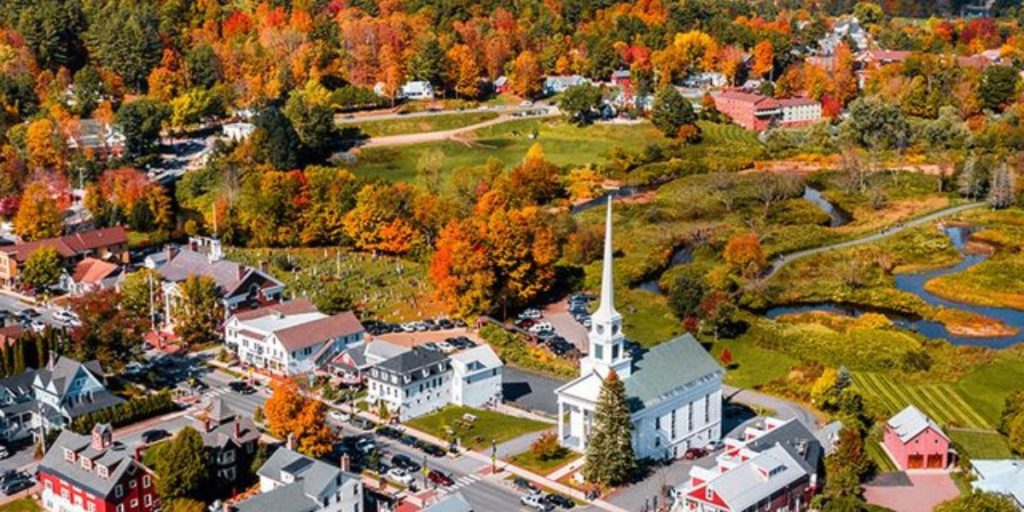
- Community Revitalization Projects: Initiate community revitalization projects to improve infrastructure, including street lighting, public spaces, and recreational areas. Well-maintained and aesthetically pleasing neighborhoods can contribute to a sense of pride and safety.
- Affordable Housing Initiatives: Implement affordable housing initiatives to address housing challenges. Collaborate with developers, non-profit organizations, and government agencies to create affordable housing options that meet the needs of diverse income groups.
- Social Services and Support Networks: Strengthen social services and support networks to address issues such as substance abuse, mental health, and homelessness. Partner with local organizations to provide counseling, addiction treatment, and support for vulnerable populations.
Read More: Avoid Shifting to this Worst City in Vermont to Live
It’s essential for policymakers, community leaders, and residents to work collaboratively to address these root causes and implement targeted interventions. By focusing on both short-term crime reduction strategies and long-term community development initiatives, it’s possible to improve the overall well-being and desirability of these neighborhoods in Barre, Vermont.